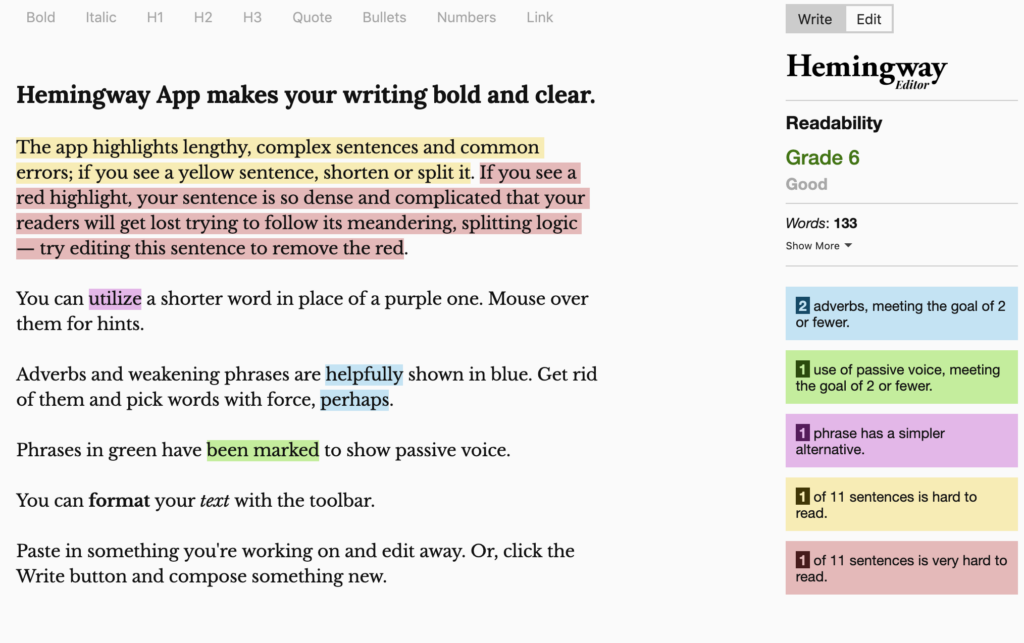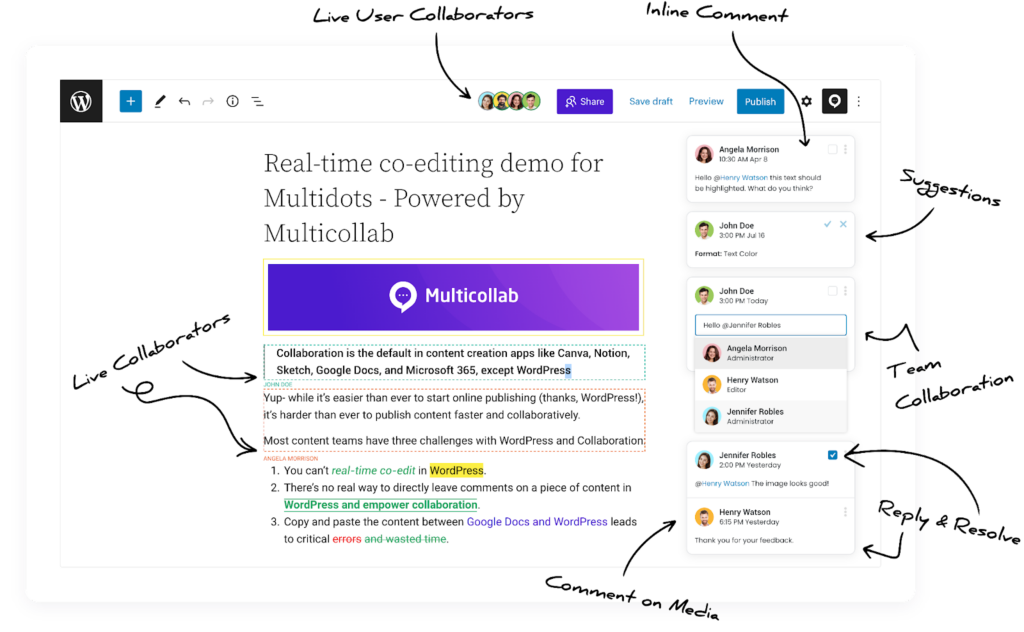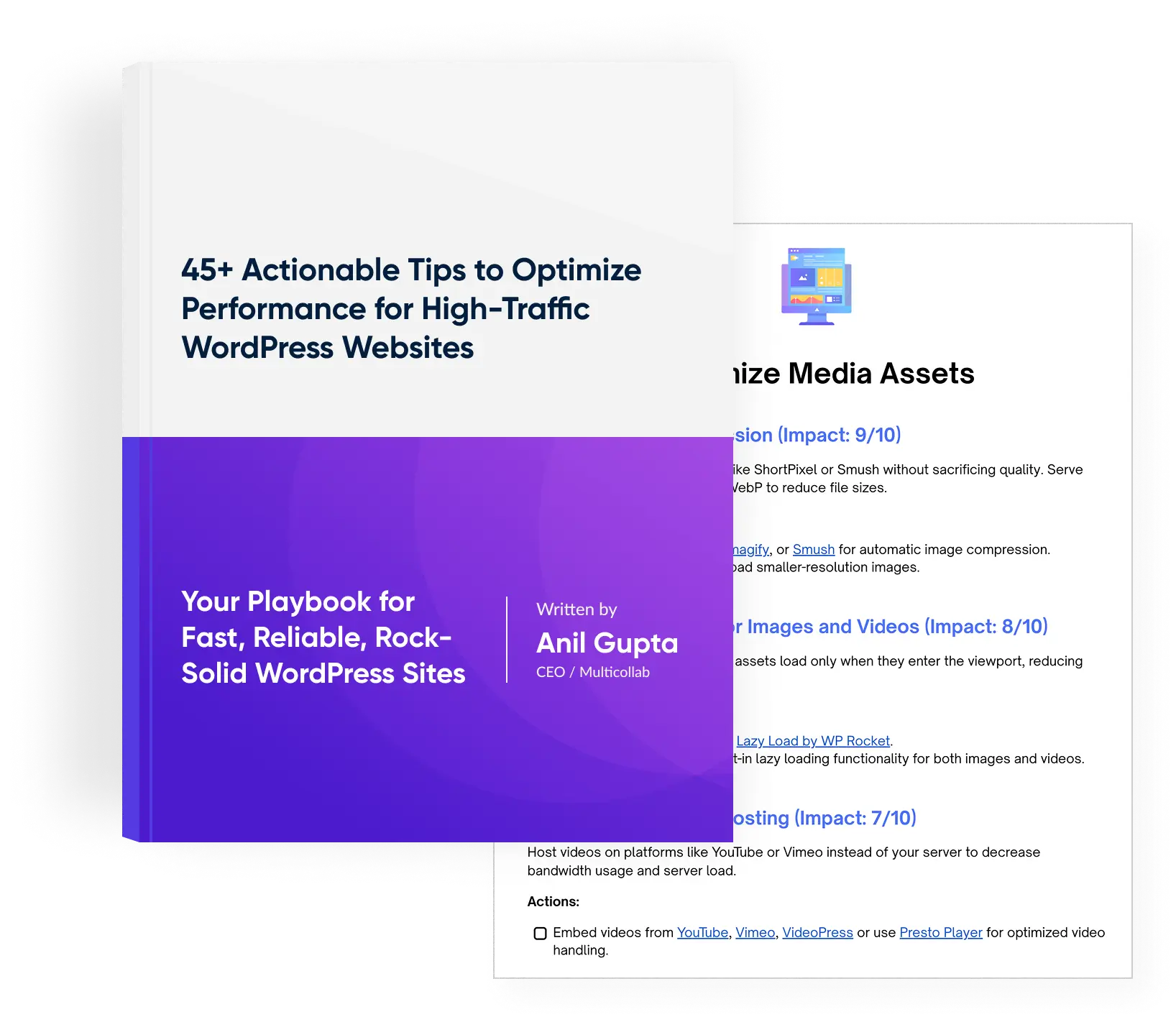Table of Contents
On platforms where information is constantly shared and consumed, the process of content review becomes a crucial pillar in ensuring the reliability and effectiveness of what is presented to the audience. Content review best practices enable the meticulous scrutiny and evaluation of information before it reaches the eyes and minds of the intended readership or viewership. The process goes beyond mere proofreading; it involves ensuring that the content aligns with predetermined standards and objectives.
Content review plays a pivotal role in shaping brand reputation, influencing user engagement, and fostering trust among audiences. As such, content creators and publishers must recognize content review’s critical role in upholding these standards, ultimately contributing to the success and credibility of their endeavors.
Significance of reviewing content
All content creators are aware of the importance of accurate and brand-aligned content. Not just accuracy, there is so much more that content review takes care of. Here are some key points to consider:
Maintaining brand consistency: Content review ensures that the material aligns with the brand’s voice, values, and messaging. Consistent branding across all content helps reinforce the brand image and foster trust among the audience.
Avoiding errors and misinformation: A thorough review helps in identifying and correcting errors, inaccuracies, or misleading information. This is vital for maintaining the brand’s credibility and preventing any negative impact on the audience’s perception.
Compliance and legal considerations: Content review helps ensure that the material complies with legal and industry regulations. This is especially important in sensitive industries where adherence to guidelines is crucial to avoid legal issues and maintain a positive brand image.
Enhancing user experience: Well-reviewed content contributes to a positive user experience. Content that is clear, concise, and free from errors is more likely to be well-received by users, leading to increased satisfaction and engagement.
Building trust and credibility: Content that undergoes a rigorous review process is more likely to be accurate and reliable. This builds trust with the audience, as they can rely on the brand to provide credible and trustworthy information.
Optimizing for search engines: Search engines prioritize high-quality content. A thorough review helps ensure that the content is optimized for search engines.
15 effective content review best practices
Here are guidelines and best practices to enhance the effectiveness of content review:
- Establish clear review objectives: Clearly define the goals of the content review process, whether it’s for accuracy, compliance, brand consistency, or user engagement. Having well-defined objectives helps reviewers focus on specific aspects during the review.
- Define roles and responsibilities: Clearly outline the roles and responsibilities of each team member involved in the content review process. This includes content creators, subject matter experts, editors, and any other relevant stakeholders. Clarity in roles prevents confusion and streamlines the review workflow.
- Create a style guide: Develop a comprehensive style guide that outlines preferred writing styles, tone of voice, formatting, and any specific guidelines for your brand. A style guide ensures consistency across all content and serves as a reference for reviewers.
- Use a checklist: Develop a content review checklist that covers key elements such as grammar, spelling, tone, brand voice, formatting, and SEO considerations. A checklist helps reviewers systematically assess content and ensures that no crucial aspects are overlooked.
- Prioritize consistency: Maintain a consistent brand voice and messaging throughout all content. Reviewers should pay attention to language, terminology, and the overall tone to ensure that it aligns with the established brand identity.
- Review for accuracy and fact-checking: Verify the accuracy of information presented in the content. Fact-checking is crucial to maintain the credibility of the content and the brand. Ensure that data, statistics, and references are accurate and up-to-date.
- Consider SEO best practices: Check for relevant keywords, meta tags, and other on-page SEO elements. This helps improve the discoverability of the content in search engines. Having an SEO checklist in place can help streamline this step as and when it is needed.
- Include visual inspection: Don’t limit the review process to text alone. Evaluate visual elements such as images, graphics, and formatting. Ensure that visuals are relevant, high quality, and adhere to brand guidelines.
- Gather diverse perspectives: Involve individuals with diverse perspectives in the review process. This could include representatives from different departments, target audience representatives, or individuals with varying levels of expertise. Diverse input helps ensure a well-rounded evaluation.
- Encourage constructive feedback: Foster an environment where reviewers can provide constructive feedback. Encourage open communication and collaboration to improve the overall quality of content. Focus on improvement rather than criticism.
- Iterative review process: Consider implementing an iterative review process, especially for complex or critical content. This involves multiple rounds of review and revisions to refine the content and address feedback progressively.
- Document feedback: Document all feedback received during the review process. This documentation serves as a valuable reference for future content creation and helps track improvements over time.
- Training and development: Provide training for reviewers to ensure they understand the brand guidelines, style guide, and overall content objectives. Continuous learning and skill development contribute to a more effective review process.
- Utilize technology: Leverage technology tools for content review, such as grammar and spell-checking tools, collaboration platforms, and content management systems. These tools can streamline the review process and improve efficiency. For WordPress content teams, Multicollab is a highly effective content creation and review tool.
- Review User Experience: If applicable, assess the overall user experience of the content. Consider factors such as readability, navigation, and the clarity of the message. A positive user experience contributes to higher engagement.
By implementing these guidelines and best practices, organizations can enhance the effectiveness of their content review process, resulting in high-quality, consistent, and impactful content.
Tools to facilitate content review
Now let’s take a look at some of the most popular tools that facilitate content review for all sorts of content teams.
Grammarly is a comprehensive writing assistant tool that checks for grammar, spelling, punctuation, and style errors. It also provides suggestions for improving clarity and tone in writing.

Hemingway Editor helps users improve the readability of their writing by highlighting complex sentences, unnecessary adverbs, and passive voice. It assigns a readability grade to the content.

CoSchedule Headline Analyzer assesses the strength of headlines by analyzing factors like word balance, length, sentiment, and SEO. It provides a score and suggestions for improvement.

Multicollab enables internal and external stakeholders in the WordPress team to discuss and exchange feedback on all kinds of content by moving the editorial and review process to the Gutenberg Editor. They can add comments and suggestions and tag team members on videos and dynamic content like image carousels and CTA boxes, as it is done with textual content with tools like Google Docs. It enhances strategic content planning by taking team-wide transparency to the next level with its dashboard feature where teams can get an overview of ongoing projects, deadlines, and team activities such as content edits.

Challenges in content review
Content review is a critical phase in the content creation process, but it comes with its own set of challenges. Here are some common challenges faced during content review:
Time constraints:
Balancing the need for efficiency with the requirement for thorough content review poses a significant challenge. Time constraints may result in oversight, potentially compromising the quality of the content.
Strategies:
- Prioritize critical content: Identify high-priority content that requires meticulous review, and allocate more time to critical pieces.
- Establish review timelines: Define clear timelines for each stage of the content review process to ensure that it aligns with production schedules and increases content production speed.
- Utilize technology: Implement content review tools and technologies that automate certain aspects, such as grammar and spell checks, to expedite the process without sacrificing quality.
- Iterative review: Break down the review into iterative cycles, allowing for multiple rounds of feedback and refinement without overwhelming reviewers in a single session.
- Train reviewers: Provide training to reviewers on efficient review techniques, emphasizing the importance of thoroughness without unnecessary delays.
Overcoming bias:
Unconscious biases in content review can lead to subjective evaluations, affecting the quality and fairness of the process. Overcoming biases is crucial for unbiased and inclusive content creation.
Strategies:
- Diverse review teams: Form review teams that represent diverse backgrounds, perspectives, and experiences. This diversity helps mitigate inherent biases by introducing a range of viewpoints.
- Awareness training: Conduct training sessions to raise awareness about unconscious biases. Educate reviewers on recognizing and addressing biases to ensure fair evaluations.
- Checklist for inclusive language: Develop a checklist that includes guidelines for using inclusive language. This helps in minimizing unintentional biases related to gender, race, or other sensitive topics.
- Anonymous review processes: Implement blind or anonymous reviews, where reviewers are unaware of the content creator’s identity. This can reduce the impact of personal biases.
- Regular sensitivity training: Periodically conduct sensitivity training to refresh reviewers on the importance of unbiased content creation and the potential impact of language choices.
- Feedback mechanism: Establish an open feedback mechanism where team members can provide input on potential biases observed during the review process. Encourage constructive discussions to address concerns.
- Use AI for bias detection: Leverage artificial intelligence tools that are designed to detect and highlight potential biases in content. These tools can act as an additional layer of scrutiny.
By addressing time constraints with strategic planning and embracing diversity while actively combating biases, organizations can enhance the effectiveness of their content review processes, fostering the creation of high-quality and unbiased content.
Conclusion
When it comes to content creation, the journey never truly ends. It evolves, adapts, and continues; the wheels of content creation and review keep moving. So, in order to embrace continuous improvement in content performance, it is recommended to implement best practices related to content review and let efficient tools like Multicollab be your trusted companion. So, if you are a WordPress content team, elevate your content collaboration and review journey—get started with Multicollab and redefine how your team works together.







